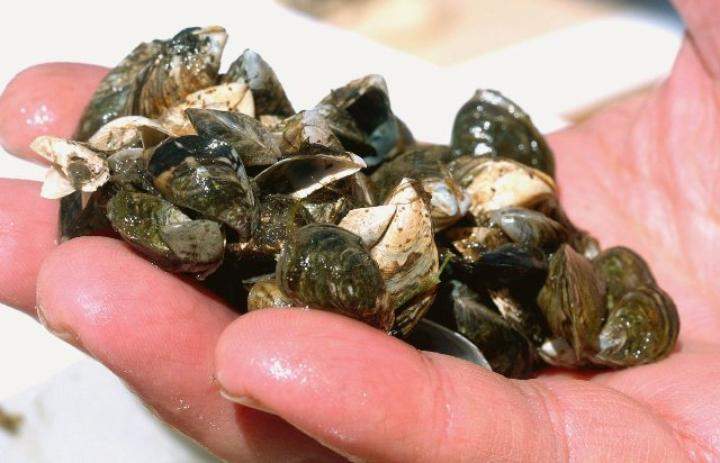REGINA – The provincial government is enhancing regulations in an effort to prevent invasive species from entering Saskatchewan.

“Saskatchewan’s lakes and waterways have significant environmental, economic and recreational importance and aquatic invasive species such as zebra and quagga mussels pose a serious threat,” said Environment Minister Scott Moe.
“By enhancing regulations we also strengthen the province’s ability to inspect and disinfect high-risk watercraft entering the province, helping to protect our fish populations and aquatic habitats.”
The government plans to focus on boat inspections and other prevention efforts in the southeast region of the province. That will include using mobile decontamination units in cases where invasive mussels are found on watercraft.
READ MORE: Invasive species worry for Saskatchewan watershed group
Other areas of priority include the Saskatchewan-Manitoba border and high-risk bodies of water that host organized activities such as fishing tournaments and wakeboard competitions.
The reasons for the concern are the zebra and quagga mussels. Both are almost impossible to eliminate if they become established in a body of water.
Under provincial regulations, it is illegal to import, possess, transport, or sell aquatic invasive species that are considered to be a significant risk to Saskatchewan waters.
READ MORE: Alberta introduces bill that would require boats to be checked for zebra mussels
The province has also added the Asian carp to its invasive species list.
The mussels have spread throughout eastern Canada and the Colorado River system in the United States. In 2013, zebra mussels were discovered in Lake Winnipeg.
READ MORE: Zebra mussels found in Manitoba lake
If the invasive species were to invade Saskatchewan waters, it could affect irrigation, hydro-electric power, tourism and recreation, and municipal water systems.
According to one group, the South Saskatchewan River watershed stewards, it could cost the province and municipalities between $15- and $30-million yearly in maintenance costs to deal with invasive species.
The province also supports other initiatives to raise awareness and the importance of prevention including practicing clean, drain and dry.




Comments